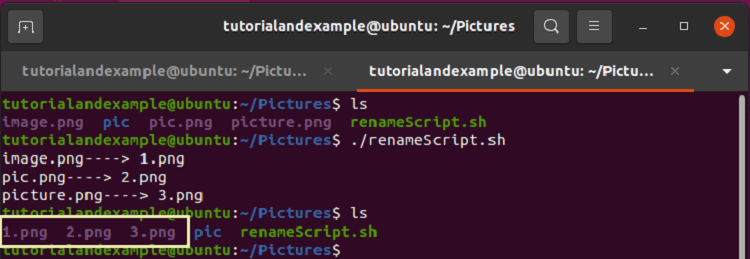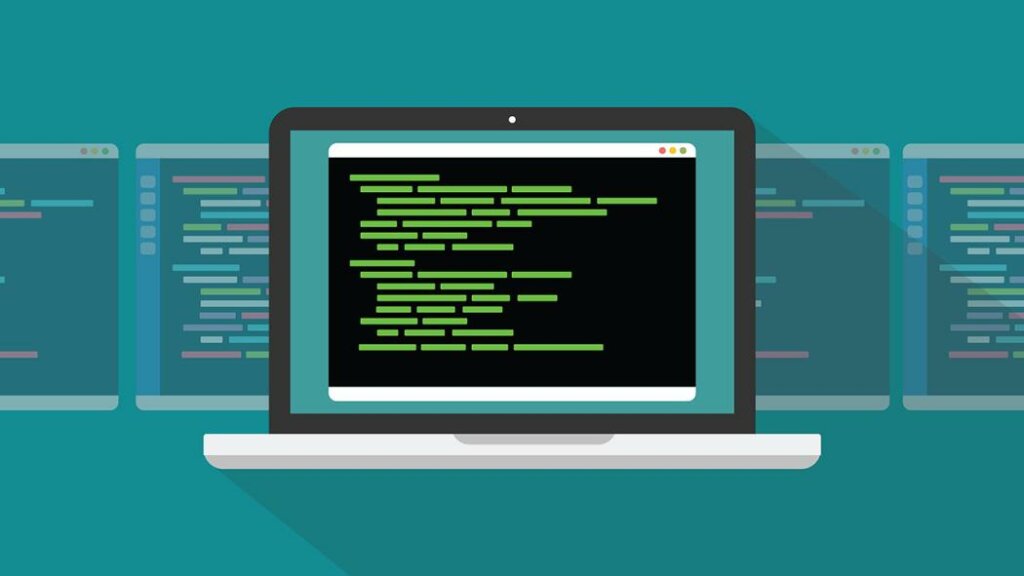


For most users, this will simply be a splash screen that pops up and eventually goes away to boot into the operating system.
#LINUX RENAME SOFTWARE#
#LINUX RENAME MAC#
Just like Windows, iOS, and Mac OS, Linux is an operating system. Here is all the information you need to get up to speed on the Linux platform. It also runs most of the Internet, all of the world’s top 500 supercomputers, and the world’s stock exchanges.īut besides being the platform of choice to run desktops, servers, and embedded systems across the globe, Linux is one of the most reliable, secure and worry-free operating systems available. Linux is actually everywhere: It’s in your phones, your thermostats, in your cars, refrigerators, Roku devices, and televisions. Linux has been around since the mid-1990s and has since reached a user-base that spans the globe. Haga clic aquí para Introducción a Linux.)įrom smartphones to cars, supercomputers and home appliances, home desktops to enterprise servers, the Linux operating system is everywhere. (Este curso también está disponible en español. Use sysctl to change the variable kernel.Looking to get started in Linux? Develop a good working knowledge of Linux using both the graphical interface and command line across the major Linux distribution families with The Linux Foundation’s Intro to Linux online course. If you want more details check hostname man page The hostname saved in this file (/etc/hostname) will be preserved on system reboot (and will be set using the same script we used hostname.sh). etc/init.d/hostname.sh startto make the change active. So on a Debian based system we can edit the file /etc/hostname and change the name of the system and then run

Permanent hostname change on Debian based Linux systemsĭebian based systems use the file /etc/hostname to read the hostname of the system at boot time and set it up using the init script /etc/init.d/hostname.sh You will most probably need to exit the current shell in order to see the change in your shell prompt.
#LINUX RENAME HOW TO#
This is active right away and will remain like that until the system will be rebooted (because at system boot it will set this from some particular file configurations – see bellow how to set this permanently). Will set the hostname of the system to NEW_NAME. It will output the fully qualified domain name (or FQDN) of the system. Without any parameter it will output the current hostname of the system. On any Linux system you can change its hostname with the command ‘hostname‘. Normally we will set the hostname of a system during the installation process.Ĭhange the hostname on a running Linux system If the above commands return correctly with no errors then all may be well however, you may want to read on to verify that all settings are correct. First, see if your host name is set correclty using the following commands:


 0 kommentar(er)
0 kommentar(er)
